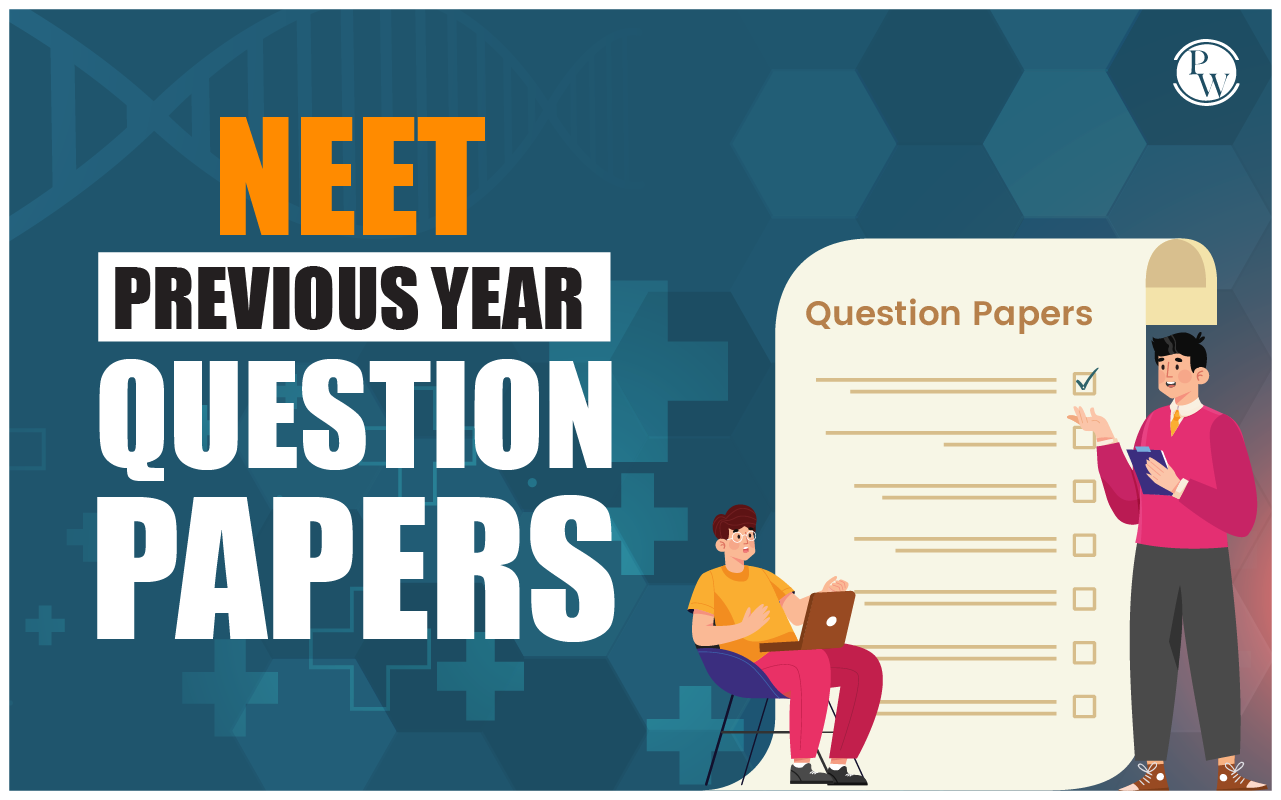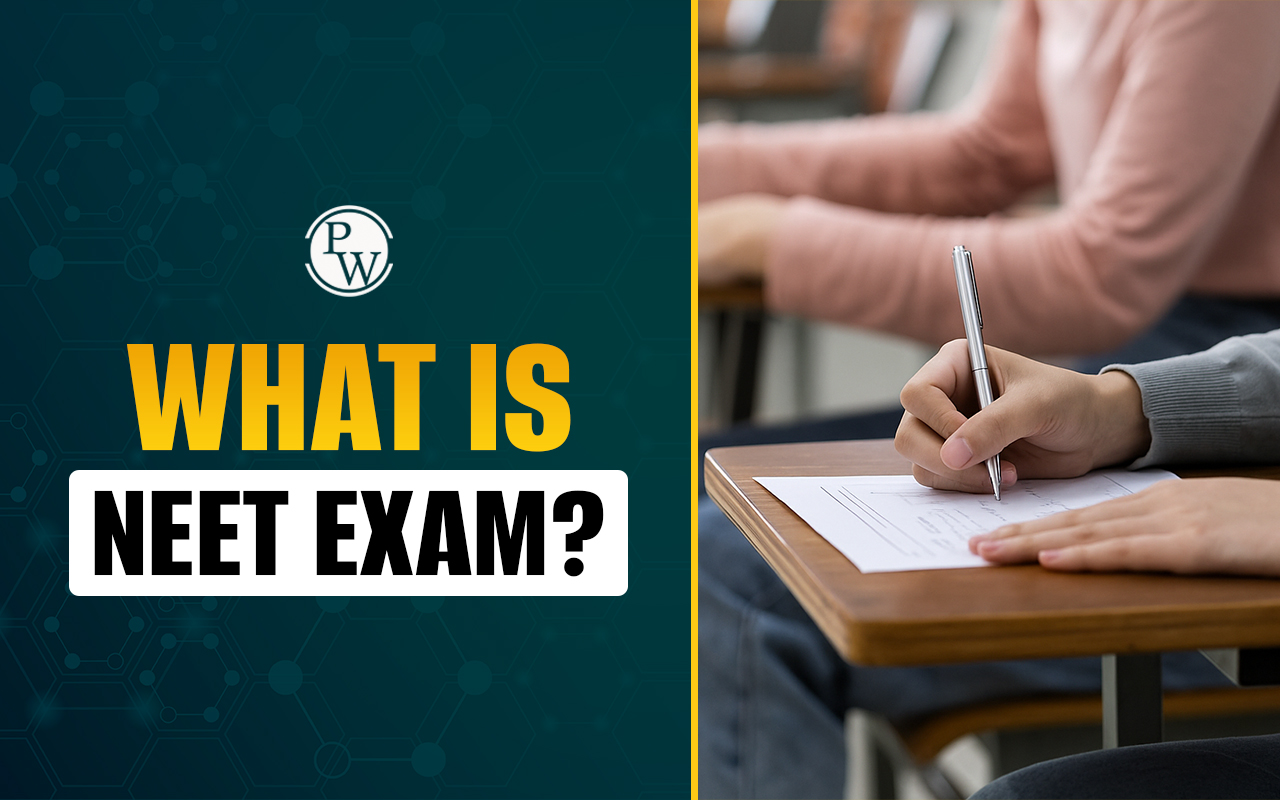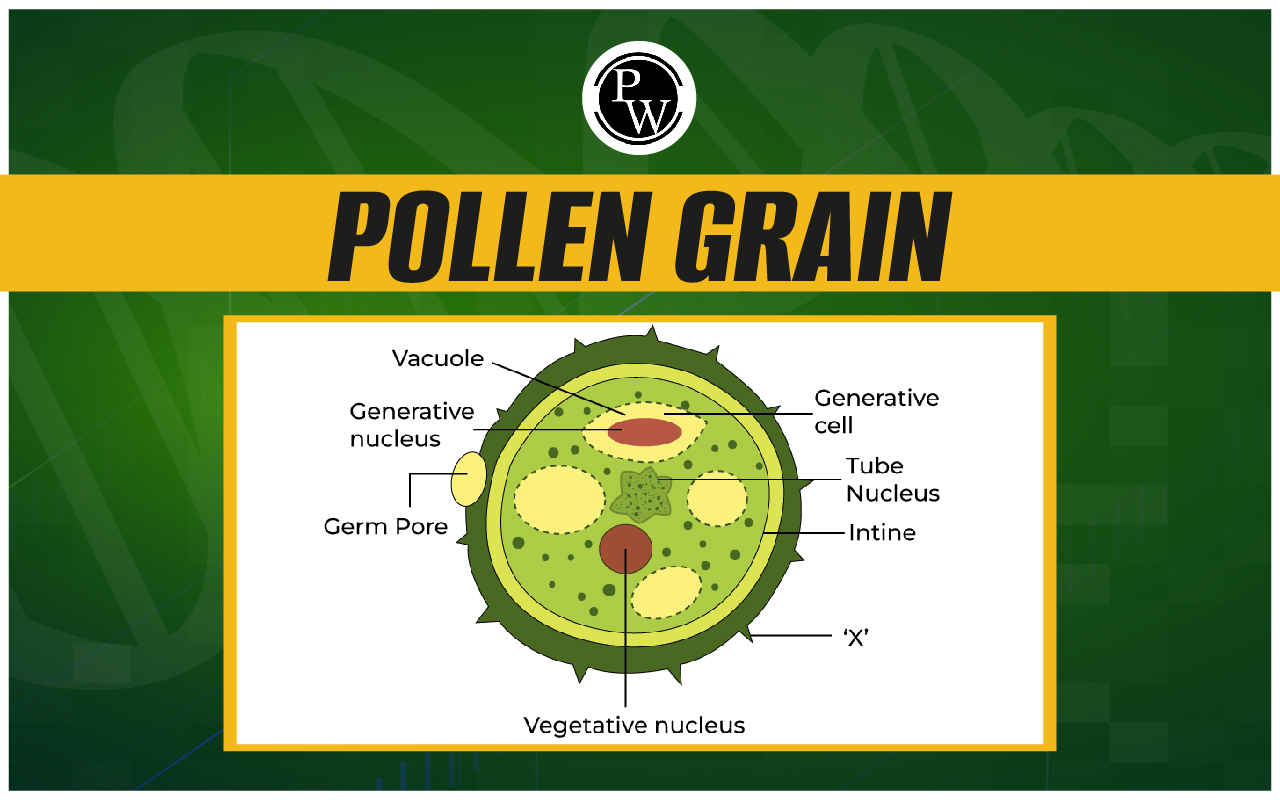
Classification of Elements and Periodicity in Properties Important Questions for NEET: Understanding the classification of elements and their periodic properties is crucial for students preparing for NEET Exam. This topic explains how elements are arranged in the periodic table and why their properties show repeating trends. By mastering this concept, students can predict element behavior, understand chemical reactions, and solve NEET questions more effectively.
Classification of Elements and Periodicity in Properties Important Questions for NEET Overview
The classification of elements and their periodic properties is one of the most important topics in chemistry for NEET. This chapter helps in understanding how elements are arranged in the periodic table and how their properties change across periods and groups. Practicing questions from this topic is important because many conceptual and application-based questions are asked in NEET. Solving these questions helps students understand trends like atomic size, ionization energy, and electronegativity, which are key to solving chemistry problems in exams.
What are Classification of Elements and Periodicity in Properties?
Elements are classified based on their properties and electron configurations. Earlier, scientists arranged elements randomly, but with time, better classifications were made. The most accepted classification is the Modern Periodic Table, which arranges elements in increasing order of atomic number. Elements in the same group have similar properties, while properties gradually change across a period. This periodicity happens because of the repeating patterns in electron configurations, which affect chemical and physical properties.
Practice Important Questions of Classification of Elements and Periodicity in Properties for NEET Exam
Q1. Which block elements are known as inner transition elements?
- s-block
- p-block
- d-block
- f-block
Q2. Sodium forms Na⁺ ion but it does not form Na²⁺ ion because;
- Very low value of (IE)₁ and (IE)₂
- Very high value of (IE)₁ and (IE)₂
- Low value of (IE)₁ and low value of (IE)₂
- Low value of (IE)₁ and high value of (IE)₂
Q3. An element whose IUPAC name is Ununtrium (Uut) belongs to:
- s-block element
- p-block element
- d-block element
- Inner transition element
Q4. Given below are two statements:
Statement I: Noble gases have positive value of electron gain enthalpy.
Statement II: Halogens have negative value of electron gain enthalpy.
In the light of the above statements, choose the most appropriate answer from the options given below:
- Statement I is correct but Statement II is incorrect.
- Statement I is incorrect but Statement II is correct.
- Both Statement I and Statement II are correct.
- Both Statement I and Statement II are incorrect.
Q5. Given below are two statements: one is labelled as Assertion A and the other is labelled as Reason R:
Assertion A: Atomic radius of gallium is more than that of aluminium.
Reason R: The presence of additional 3d electrons offers poor screening effect for the outer electrons from increased nuclear charge in gallium.
In the light of the above statements, choose the correct answer from the options given below:
- A is true but R is false.
- A is false but R is true.
- Both A and R are true and R is the correct explanation of A.
- Both A and R are true but R is NOT the correct explanation of A.
Q6. Given below are two statements: one is labelled as Assertion A and the other is labelled as Reason R:
Assertion A: Na⁺ and Al³⁺ are isoelectronic but the magnitude of ionic radius of Al³⁺ is less than that of Na⁺.
Reason R: The magnitude of effective nuclear charge of the outer shell electrons in Al³⁺ is less than that in Na⁺.
In the light of the above statements, choose the correct answer from the options given below:
- A is true but R is false.
- A is false but R is true.
- Both A and R are true and R is the correct explanation of A.
- Both A and R are true but R is NOT the correct explanation of A.
Q7. Which of the following is not a representative element?
- Boron
- Tantalum
- Thalium
- Sodium
Classification of Elements and Periodicity in Properties Important Questions for NEET PDF
Click the link below to download the PDF of important questions for NEET. This PDF contains a collection of carefully selected questions with solutions to help students prepare effectively for the NEET 2025 exam.
Download the Classification of Elements and Periodicity in Properties Important Questions for NEET
Practice Questions Now
Prepare for NEET with PhysicsWallah's NEET online coaching. Learn through easy-to-understand lessons and get help whenever you need it.
|
Chapterwise Important Questions for NEET |
|
|
Electrostatic Potential and Capacitance Important Questions for NEET |
|
|
Breathing and Exchange of Gases Important Questions for NEET |
|
Classification of Elements and Periodicity in Properties Important Questions for NEET FAQs
What is the classification of elements and periodicity in properties?
What is the periodicity of elements properties?
Who is called the father of chemistry?
Is the classification of elements and periodicity in properties organic or inorganic?










